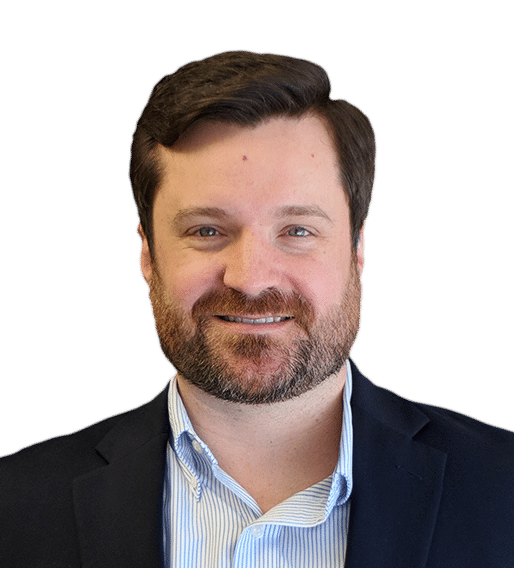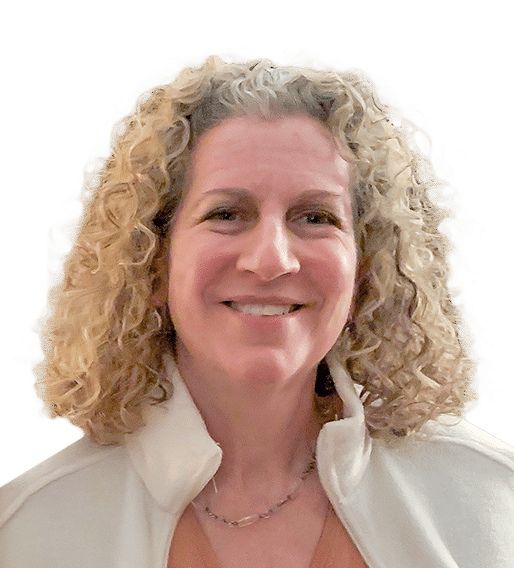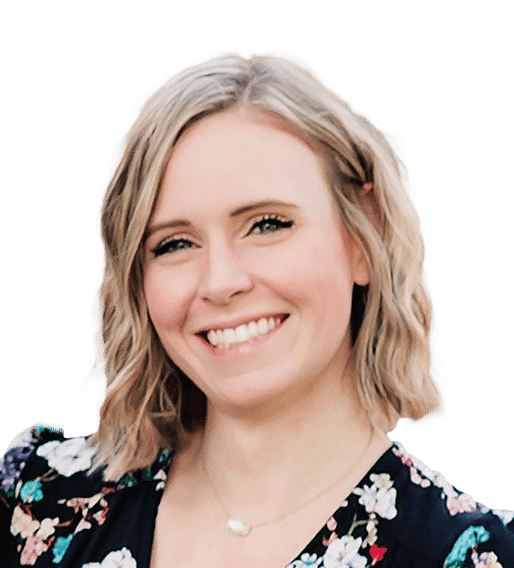A long-time client tells of his first CEO role, a turnaround situation of a company emerging from bankruptcy for the second time in 10 years. The company was in northern Canada, where attracting talent was difficult, if not impossible. Within a six-year period, the company moved from the bottom to the top decile in their industry and increased their share price by 1600%… with the same workforce.
The client considers clarity, commitment, and culture a key part of his success, then and now.
Organizational leaders need clarity of purpose to attract and retain talent at the macro level. Employees need clarity around their roles and how they help achieve the organizational purpose as well as their own. This means understanding the expectations for success and ensuring they are reasonable and clear. You need commitment from team members to engage in the work; everyone needs to row in the same direction to turn purpose into sustainable action. Creating an equitable culture and a place where people know they will be treated fairly and consistently increases the organizational capacity for resiliency needed in a fast-paced, unpredictable, ever-changing world.
So how much clarity, commitment, and culture do you have?
For a truly high-performance engine, you cannot just get one, two, or three components right. If you want world-class, the sum of the parts needs to exceed any individual contribution. Consider Michael Jordan and the six-time championship team, the Chicago Bulls. The team had great players and a great coach. As portrayed in The Last Dance miniseries (Netflix, 2020), when they were working together, they had magic. When they weren’t, they were good—but not great.
In your pursuit of greatness, do you have a sustainable way to help you think about the complexity of your organization, the people dynamics, and how those dynamics impact the processes and technology your organization needs to deliver clarity, commitment, and culture?
There is a systematic approach to getting there, which has sustained success. We call it Strategic OrganizationTM (SO). It is a complete people-work system that links your organizational structure, roles and accountabilities, talent assessment, and performance management. While “systematic” reeks of formality in our increasingly informal world, we have yet to see anything better that can drive a step change in outcomes. Not surprisingly, Strategic OrganizationTM was an instrumental part of the turnaround story recounted above.
To understand more, we need to expand on what we mean by clarity, commitment, and culture.
Finding clarity by translating a company’s purpose into action
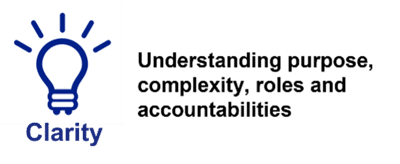
A company is a system; it is dynamic and complex. It’s a collection of many parts that need to be synchronized, similar to a skills-based organization where “work is accomplished by deconstructing roles and jobs into critical tasks and outcomes and identifying the current and emerging human skills required to complete the work.”1
The question is, how do you optimize the organization’s design, think about it, model it, and communicate everyone’s role and critical tasks?
You can begin to understand the complexity by taking a hard look at your organization as you find it today. Look at its competitive environment and the strategy it has chosen to execute. Be honest. Ask yourself how complex the situation is and how your organization needs to be structured to deal with this level of complexity.
Some factors to consider in gauging complexity include:
- human constraints of optimal team size for talent development
- working relationships
- people and process relationships and community
- industry and ecosystem complexity
- organizational market discipline and the level of complexity required (low-cost provider, customer intimate, innovator)
- cycle times for decisions in the niche
- considerations on scaling, both organic and inorganic
- organizational mindset on the finite and infinite game
With clarity about the requirements of organizational complexity, you can accurately size the structure and confidently design for intent. As the social scientist Elliott Jaques cautioned, “Unclarity and incorrect assumptions about managerial accountability and authority are the starting point for dysfunctional people systems.”2 Human dynamics, individual behavior, and collective behavior are inextricably linked. How organizations are structured, and people interact interrelate. If the person filling a role doesn’t have the capability to achieve organizational objectives, it affects everyone in both the vertical and lateral chains. The person will pull the role down to their level of capability. The converse also applies, although it is seen less frequently. If we as leaders put people into roles where they will fail, we are failing them.
Knowing what’s required at all levels and providing clarity in a fair manner to others is a heavy lift and a key component in moving toward a step change in performance and creating a place people want to bring their talents. The heavy lift lies in the need to translate strategy into tactics. It requires the ability to consistently clarify both the expectations of the role and identify whether the capability of the talent allows for a nuanced way of looking at what it means to put the right people in the right roles and create a process for doing this consistently.
Unfortunately, most organizations ignore this challenge. Everyone feels it when an organization isn’t addressing its complex challenges. But they don’t know exactly how to deal with it, or they deal with it in a political manner. These become inhibitors that can lead to “working the system” issues such as political maneuvering, micromanagement, endless meetings, and hero dependence—all of which can cost you 30-60% of your productivity.
Engaging commitment by developing people
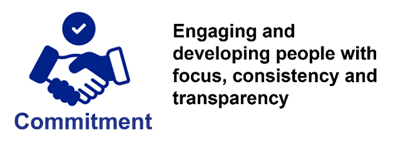
An increase in engaging commitment is directly related to the clarity of role, purpose, and your people knowing where they fit in the broader picture. It sounds simple. However, the managerial basics of setting context and expectations are rarer than desired, often because managers lack the tools and their own level of clarity.
“A” players consistently have the attributes that we define as desired within Strategic OrganizationTM to be successful. They tend to apply themselves, work hard and accomplish more and more of whatever they are trying to achieve. “A” players understand the fixed and variable commitments and accountabilities of their roles and they pull it out of their managers if they don’t get it directly. Once “A” players know their commitments, they will intuitively try to add value by thinking outside the box. With a good set of tools and processes, all individuals—even those who were not originally “A” players—can and will elevate their commitments. They understand what’s required and believe in both the purpose and that they will be treated fairly. This unleashes even more value-adding work.
Building the Strategic OrganizationTM scaffolding requires having or developing an expectations framework that can be applied to all roles and all talent consistently and repeatedly. This requires all managers to have the same language to talk about effectiveness and levels of complexity relative to expectations in a structured way as opposed to providing unsupported opinions. Managers gain confidence in assessing, communicating, and developing relative to expectations. Each cycle improves. People gain clarity in what they need to do, taking away noise and frustration from the lack thereof. The clarity and belief in the process feel fair. While HR can and should supervise and coordinate the process, all managers need to commit to this accountability. The payoff is enormous.
Increasing understanding and creating a new culture
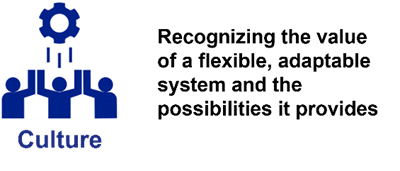
What happens when you get clarity of purpose, complexity, roles, and accountabilities combined with a commitment to engage and develop people with transparency? An organization changes for the better. You drive out organizational dysfunctionality, as people know what is expected of them. Everyone at every organizational level understands the value of the system and what it cultivates. That, in turn, changes and improves the culture. There is more trust, openness, and acceptance of a certain amount of experimentation, which, in our experience, increases employee engagement.
Creating a cadence for regular self-reflection allows for faster cycles in adapting to the outside world. Roles, tasks, and accountabilities can be changed nimbly and frequently. Teams are more agile, and team members have a greater understanding of how they need to interface with one another. This puts an organization on a path to greater innovation and productivity. As a result, business results tend to improve.
You can have your cake and eat it too—better business results and employee engagement!
1The Conference Board, “Transitioning to a Skills-Based Organization: First Steps (Part 2),” October 31, 2022, www.conference-board.org/topics/future-of-work/transitioning-to-a-skills-based-organization-part-2.
2Elliott Jaques, Social Power and the CEO (Quorum Books, 2002), p. 30.

